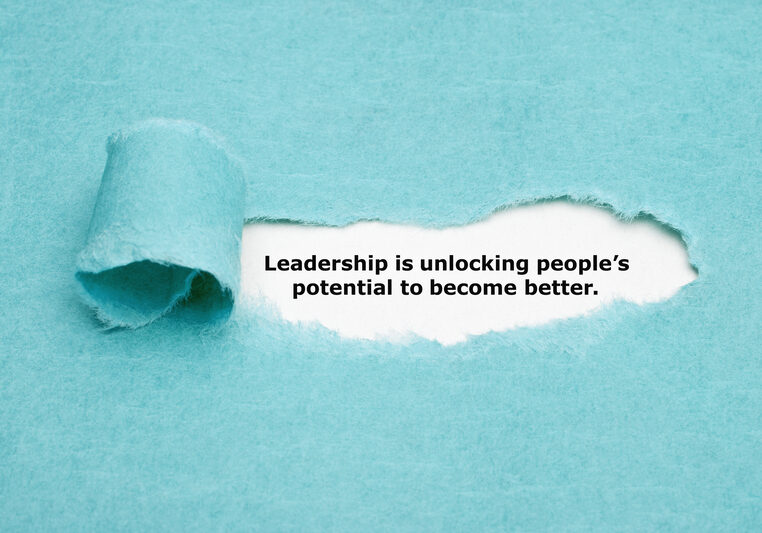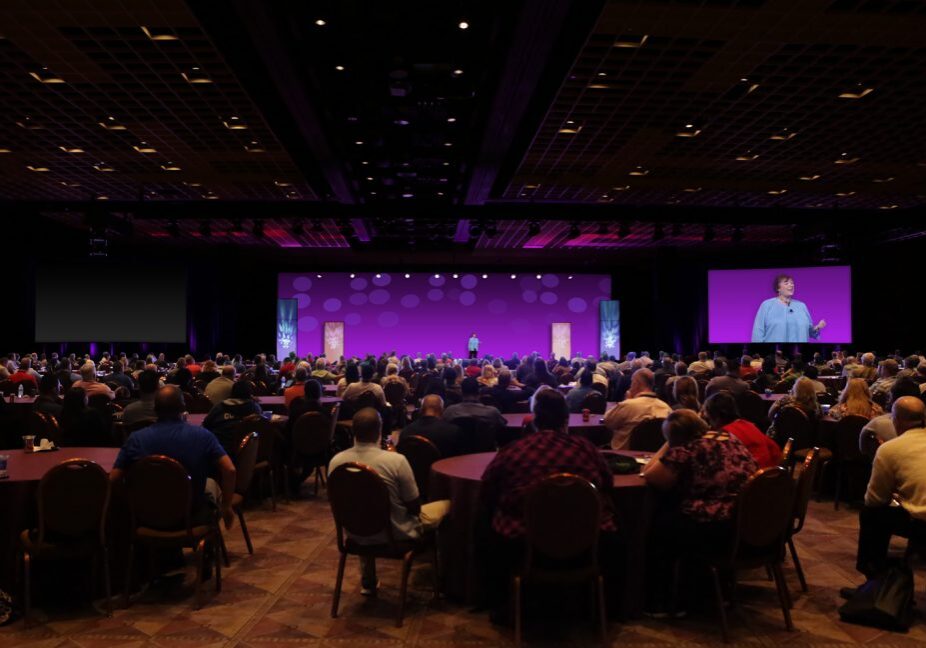Well, we made it through 2020! Although all of our problems didn’t magically go away with the flip of the calendar page, I’m more optimistic than ever that we’ll find our way to the other side soon.
As I think about what’s ahead for businesses this year, one thing is certain: the time is now to prepare for a post-pandemic world. Retailers and service organizations need to see this as a chance to evolve their approach to customer service, including creating a multichannel retail customer experience that is always on. One strategy to accomplish this is to make sure your team is prepared to go into the battle with carefully chosen armor.
While our interactions with customers should never be seen as a “battle,” I think it’s essential that we look at the near-term challenges as ones that will require a suit of armor. Returning to “business as usual” is likely to present a variety of situations and interactions, not all of them positive. Some guests will be enthusiastic to be back and grant us extra patience when systems are different than B.C. (before COVID). Others, however, may be handling emotions that are raw, making them quick to anger, and frustrated with challenges they’ve been dealt. To me, the armor you prepare your team with now is what will enable them to best deliver on the promises made to your customers, clients, and guests in the coming months.
So what will customers be expecting? In our research, we identified three main areas customer service teams need to be prepared to address in response to the predicted post-pandemic expectations: transparency, automation, and the human connection (with a touch of personalization). We’ll take a deeper dive into each of these areas to help you understand how you can prepare your business. Then it’s up to you to get your team “armored” up. Create an army of trained professionals who know how to get things off to a positive (re)start!
[Scroll down to watch this update as a video from Laurie.]
Transparency: What has changed and what should I expect now?
Following any crisis, transparency invites others to trust. Open, direct communication builds credibility and fosters relationships.
Staff working from home is predicted to be a long-term change as a result of the pandemic. Just like after 9/11 when flying was never the same, I am confident that the savings alone will lead many companies to continue to support a remote workforce. If you’re one of them, be transparent about it and stop using it as an excuse for “extended wait times” or “larger than usual call volume.” Change those robotic hold messages to be positive and helpful.
“We are pleased to offer shorter wait times due to our amazing remote workforce. We will be with you shortly.”
In some cases, you may be able to add appropriate humor. I’m a big believer that Creativity + Humor = Connection. To achieve that, the next sentence in your outbound recording might be: “And if you hear a dog bark in the background, we hope you understand. Pets keep us smiling…no matter what questions you ask!”
Be clear about changes. If your customers are unaware of the new rules or the reasons behind the change, they’re less likely to graciously comply. This is not the time to “act first and apologize later.” If you anticipate a problem as a result of your changed operations, address it head on.
It’s critical that your team work together to find the best words for the common trouble spots surrounding new service situations. For example, replace negative statements like, “Sorry, we no longer offer a free breakfast at our hotel,” with positive, but honest comments like:
“In order to keep you as safe as possible and still get your day off to a great start, we have switched to a convenient ‘grab and go bag’ breakfast.”
Bonus Action
Personalize this experience by asking at check-in which three breakfast items suit your guest’s dietary needs best and offer a selection of fruit, yogurt, granola, or pastries—the same options you provided pre-pandemic. Prep the bags, write the room number on the side, and guests can “grab and go” with a smile!
Automation: When can speed be achieved with a smoother process?
Consumers like an automated approach if it means a faster and easier transaction. Our local grocery store just added six more self-checkout stations, which immediately removed the stretched lines of shoppers created by the “6 feet apart” rule.
Consumers have also become more savvy about navigating online tools and have come to expect they can reach a resolution to most of their issues on your website without connecting to human support. That’s why chatbots, customer portals, and other tools are trending.
But just having the tools isn’t enough. You need to find ways to use them to improve your old processes. We board our dog, Otis, at a wonderful place, for which I give glowing testimonials, except for one small thing: every time I board him, I am required to go to their website and fill out several pages of information. They do not have an automated system to allow his record to be kept on file or even the ability for me to scan pages and upload them into the registration platform. So even though Otis is a frequent flyer, I must fill out the information repeatedly. This makes no sense to me! While this complaint has nothing to do with the pandemic, disruption is the perfect time to reset your service levels.
Bonus Action
Automation doesn’t eliminate human contact. When a self-directed transaction has occurred, consider an after-sale connection. For example, as a small business owner I am acutely aware whenever a purchase is made through my online store. In an effort to provide great service, we have automated systems to give buyers immediate access to the virtual training purchased even if I am sleeping in a different time zone! However, I personalize the experience by sending either a handwritten thank you note or an email letting the buyer know I appreciate their business. This has often led to additional sales opportunities or at the very least keeps me connected to my target market. If everything is left to computers, we quickly loose the rapport on which good business is built.
Human Connection: Who needs interaction the most?
It’s a bit ironic that a desire for human interaction came up again and again in our research, given that we just learned customers want automation. Which is it? I believe it’s both. Most people want the ability to “do it themselves” when things are going smoothly, but the moment they hit a wall, they want a real, engaged human to help.
Here’s what I mean: I love that I can mostly monitor my wireless phone service automatically. I can check my data on the app, pay my bill online, and even shop for new devices without ever leaving my recliner or talking to a salesperson. But several months ago when I saw a huge overcharge on my account, I quickly got frustrated with the chatbot on my provider’s website. I worked very hard to TALK. TO. SOMEONE! After several failed attempts, I finally found a reasonable, intelligent agent to help me. Within minutes of explaining my situation, I had a $175 credit on my next bill. I wish this had been an easier transaction. And, I know I was lucky. Often, customers are volleyed from agent to agent before their issue can be resolved because service teams are so siloed they can’t help with issues that “aren’t in their department.” This drives customers crazy! Cross-train your humans.
Of course, the challenge with making human connections is the labor cost. Depending on the size of your company or the product you sell, one-on-one service may be impractical. But I urge you to push yourself with this simple question: Have you put automated systems in place for your sake or your customers? Years ago, I did a lot of consulting work in the optometric field. I found multiple clients with automated phone answering systems to handle all inbound calls. Yet some of these practices maintained schedules that accommodated fewer than 20 people a day. I pushed back on this choice. A well-trained, professional assistant could easily handle the inbound inquires for a practice of that size. If you have the time and capacity, talk to people. The power of the personal touch during this post-pandemic time is significant when it comes to easing tension and answering questions.
Bonus Action
It makes sense that the higher the personalization of the human connection, the greater the impact, right? Here’s a story that illustrates that perfectly: my appliance repairman, Dave, and I have built a humorous rapport over his two decades of house calls. Last week, when he called at 7:30 a.m. to confirm his arrival time that morning, he didn’t just tell me what time to expect him and hang up. Instead, he added an “air of familiarity” statement by saying, “When I saw your name on the call list I thought to myself, ‘It better not be that darn ice maker causing her trouble again!’” I laughed and replied, “Nope! It’s the dryer this time.” We both giggled a little and an hour later he was ringing the doorbell.
What’s interesting is that the owner of the appliance store acts like he has never seen me before when I stop in for more filters, even though we have purchased thousands of dollars of appliances from him over the years. I continue to do business there because of Dave. His personal touch in a mundane interaction is stellar!
Map Out Your Strategy and Strap on Your Armor
Transparency, automation, and personalized human connections are not new concepts in customer service. But post-pandemic, your team must look at them through a new lens to meet customers where they are. Now is the time to do the work! Is your team ready? Have you started mapping out new policies or processes you want to implement? What staff training will it require? How will you communicate it all to your customers?
Your team’s “suit of armor” is complete when you’ve dedicated time to looking at how your organization is handling each of these elements. (Next, add strategic communication, which includes brand reputation and the best words to use in difficult conversations.) Your success in the coming year can’t be left to chance! No matter what lies ahead, you can set your team up to thrive.







